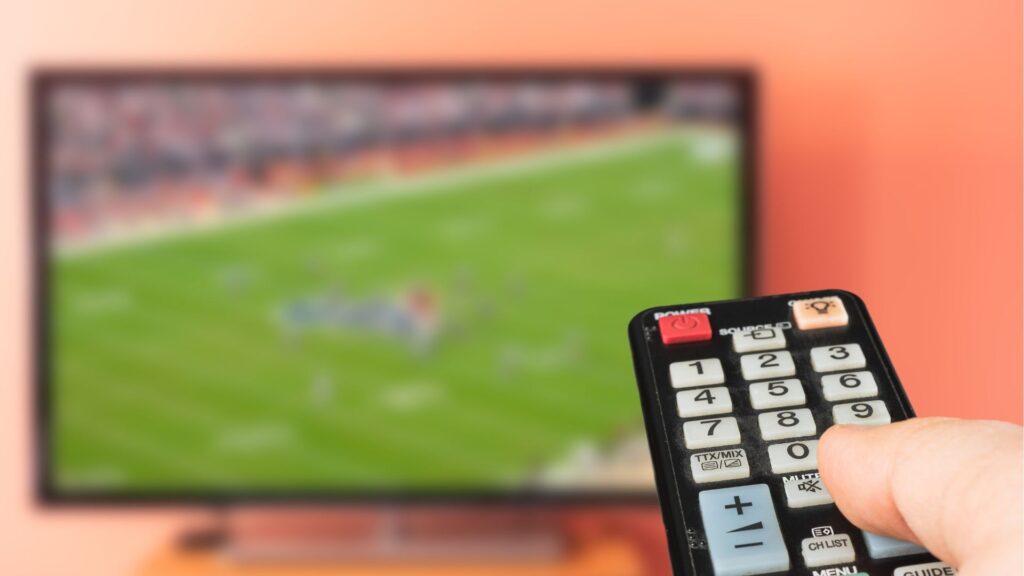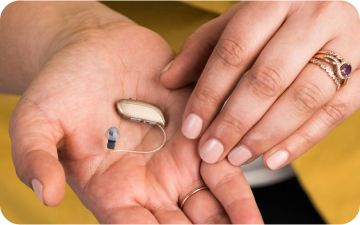
A Great New Solution for Hearing the TV
There are certain hearing difficulties that we as audiologists have become accustomed to hearing from our patients: it sounds like everyone is mumbling; I can’t understand in noisy environments; I can’t hear on the telephone; and I can’t hear the TV. When surveyed, difficulty hearing the TV is one of the primary complaints expressed by people with hearing loss. It’s also one of the main complaints from friends, family, and neighbors that Deaf and Hard-of-Hearing patients turn the volume up too loud on the TV.
So why is it so difficult to hear the TV? And why does hearing the TV create difficulties for the people around us? And why is it so hard to set the volume properly?
The Loss of Audio
As we’ve moved toward thinner TVs, the fidelity of the image improves with just about every generation. Remember the old vacuum tube TVs? The images were blurry, distorted, pixelated. They stretched the image along the borders. But they also produced a much richer sound than today’s thin screen TVs.
So why have we had to sacrifice sound quality?
As TVs have become thinner, so have their speakers. And the depth of a speaker affects its output. The old, longer speaker chambers allowed for a lower resonance frequency, creating a deeper, richer sound. This is why subwoofers usually have a long tube protruding out from a hidden internal speaker. We can try to overcome these basic physical properties by digitally shaping the frequency response from the amplifier, but that only goes so far. It produces a strain on the high frequency output of the speaker by shifting the frequency response and manipulating the amplifier output.
Many people counteract the declining audio capabilities of TVs by using sound bars or other external speaker systems. These systems produce much better sound than the typical TV speakers. But those with hearing loss don’t usually experience much help hearing the TV by using them. Why do standard external speaker systems help some people hear better but not others?
Dispersed Audio vs Directed Audio
The typical external speaker system distributes sound around the entire room. In fact, a lot of them advertise this dispersed sound as their ultimate goal – an immersive sound experience. Many sound bars aim their speakers in many different directions to accomplish this effect. In theory this sounds great, but why doesn’t it help people with hearing loss?
A typical hearing loss configuration involves a mild to moderate hearing loss in the higher frequencies. Most try to improve their understanding by increasing the volume. But that just makes all the frequencies louder. And our friends and family don’t want to listen to the TV when it’s that loud. So what if we could just increase the volume in the higher pitches and direct the audio toward the patient?
With HyperSound, we can!
HyperSound’s emitters use a super high frequency carrier tone to focus sound into a directed beam that we can aim at the listener. Using the pair of emitters, aimed at each of the patient’s ears, we can provide a personalized immersive sound experience. And we can achieve it without disturbing our friends and family – or our neighbors!
Why HyperSound?
Hearing the TV can be difficult. The typical dispersed sound reflects off of multiple surfaces, allows competition from outside noises, and has a limited frequency response. Sound bars and external speakers don’t really help solve this problem.
HyperSound’s Clear directed audio system is actually designed to solve the problem and increase intelligibility. It’s even FDA-approved to help people with hearing loss hear the TV.
There are other solutions like streamers and wireless headsets to help hear the TV. But do you want to put more stuff on your ears or around your neck when you’re trying to enjoy your favorite TV show with your loved ones? Or would you rather kick back and relax?
With HyperSound, you can relax and enjoy your listening experience without the need for added accessories. So come to Link Audiology for a demonstration of this new, one-of-a-kind technology today!

